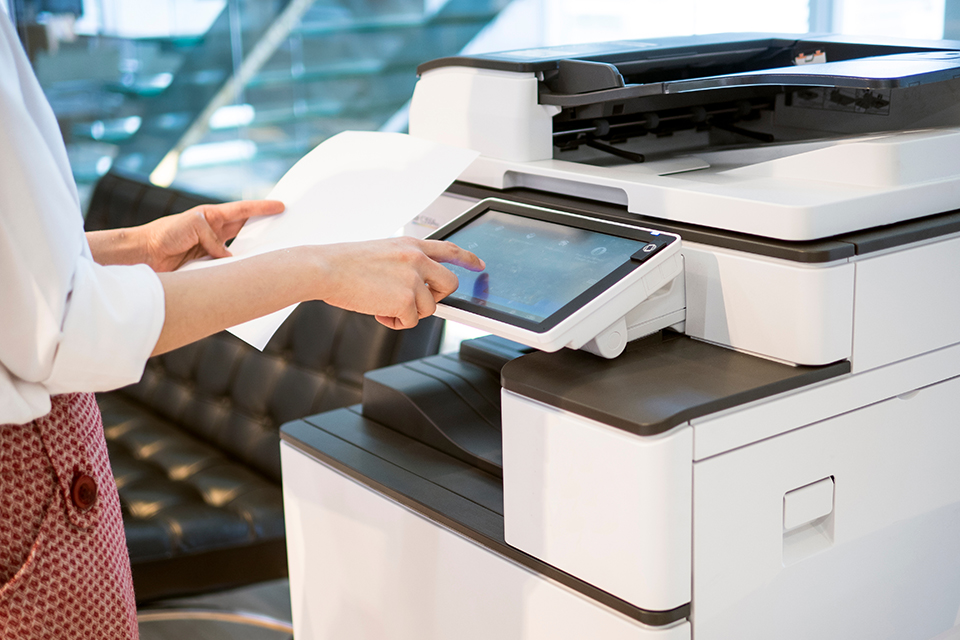
Why CIOs can lead the energy-efficiency conversation
CIOs looking to influence the innovation agenda should make energy efficiency a priority.
As more businesses adopt a digital-first, innovation mindset, the opinions of CIOs carry a great deal of weight in the C-suite.
And whether you lead IT decisions within a legacy business or in a smart, IoT (internet of things) connected workplace, your role as the CIO means you’re well-positioned to lead the conversation on energy efficiency.
From cost centre to a revenue generator
CIOs are often the “chief innovation officers,” acting as the ambassadors of digital transformation efforts that are designed to both reduce costs and grow the business.
And yet, while IT budgets are growing, a large portion is still spent on running the business, rather than truly transformative initiatives. In a recent survey of Canadian CIOs, close to two-thirds said their IT budgets are growing, but about 64 per cent of those budgets are allocated to keeping the lights on.
Whether it’s data analytics, artificial intelligence, cyber security or another area, chances are you have a list of innovations you’d like to support. But they all take investment, so finding opportunities to save on energy costs in other areas of IT makes smart financial sense. With your day-to-day business operating more energy efficiently, you could potentially reallocate budget towards more innovative, game-changing projects that will grow your business.
Prepare to collaborate
There are plenty of opportunities for energy efficiency within IT, ranging in scope and cost, from upgrading computers and servers to more capital-intensive projects, such as moving data to a more energy-efficient data centre.
Regardless of budget, delivering on energy efficiency requires strong collaboration. That includes having all the right parties in the room at the same time to evaluate the total cost of ownership of IT projects, including any moves to become more energy efficient. The good news is that your fellow executives are likely up for it. A recent Robert Half survey, for example, found that 74 per cent of CFOs are collaborating more with their CIOs than they were a few years ago.
And although CIOs are gaining influence, other departments are also driving spending on technology itself – unsurprising, given how integral digital investment is to every part of a business today. Energy efficiency is one way for CIOs to maintain a control over smart, strategic spending on technology that keeps the organization’s long-term vision in mind.
Ready to start a retrofit project for your business?
There are two ways we can help:
Call us at
1-844-303-5542
for application support or general questions.
Provide us with information about your project and we’ll call you back to provide tailored advice.
Influence your culture
Along with often leading the digital transformation agenda, CIOs are under pressure to implement technologies that keep younger workers satisfied, while keeping costs in check. Factoring energy efficiency into your decision making enables you to do both.
For example, flexible work policies (so fewer on-site employees are using energy) and upgrading to newer, more energy-efficient computers can save on energy costs, while also boosting employee satisfaction and your organizational culture.
Sustainability is also a growing priority for many CEOs, board members and employees – and energy-efficient technology plays a major role in supporting it. As the CIO, leading initiatives to improve energy efficiency will demonstrate your value in building a greener, purposeful brand.
Finally, creating an energy-efficiency strategy will also help position your organization as forward-thinking, which can make a difference when it comes to forging partnerships with entrepreneurs and start-ups outside of your organization, as many organizations today are doing to accelerate their innovation efforts.



